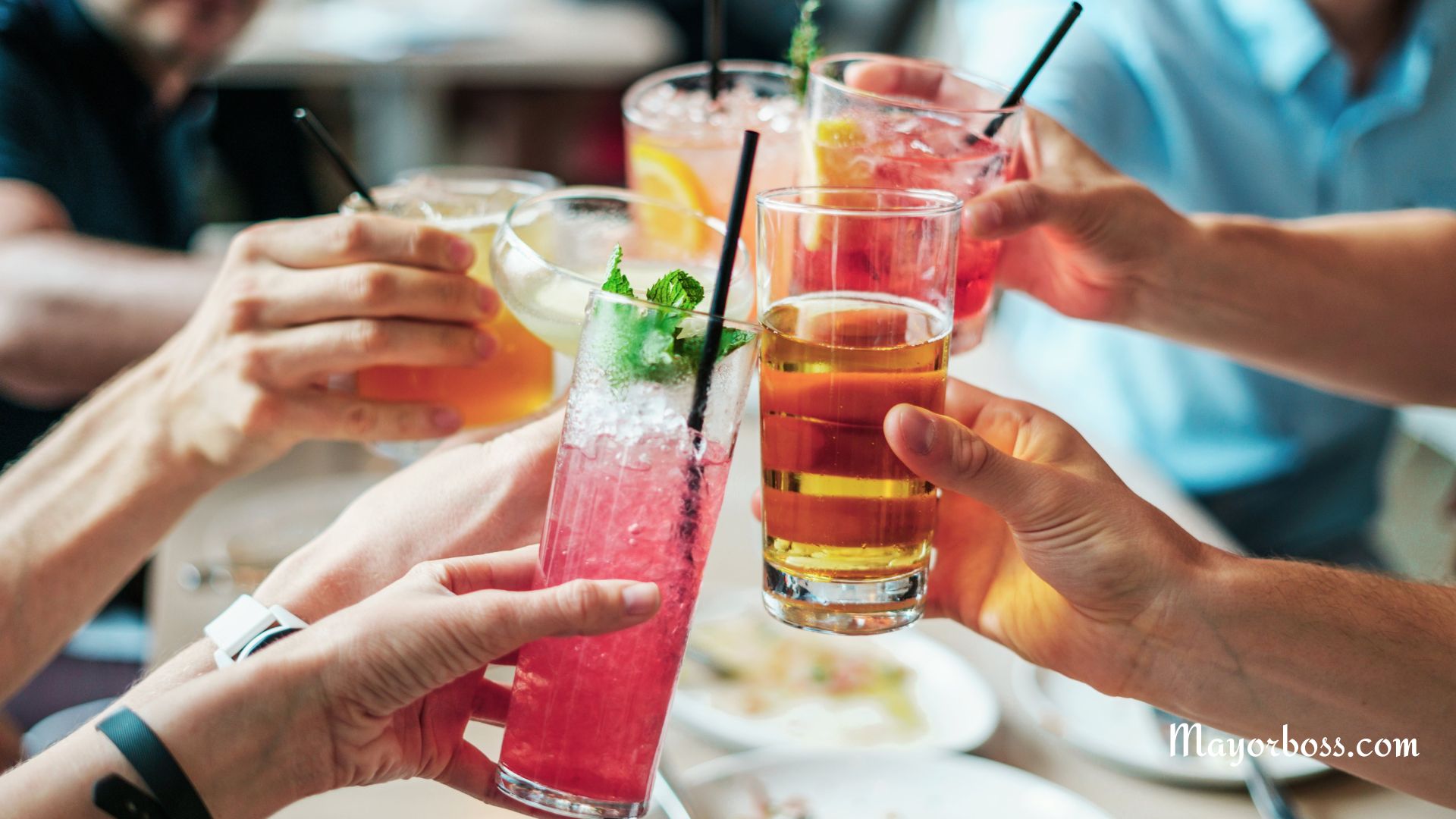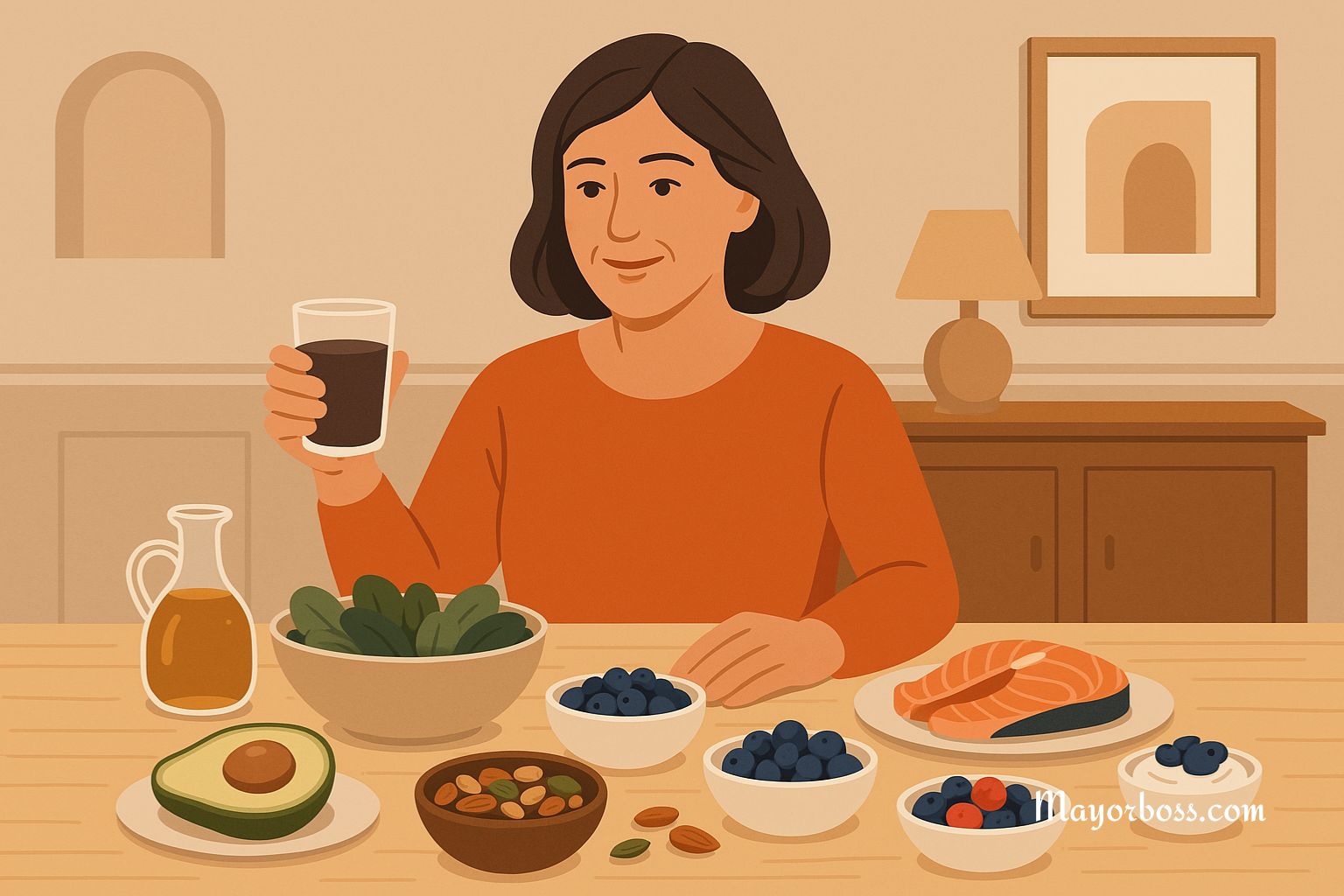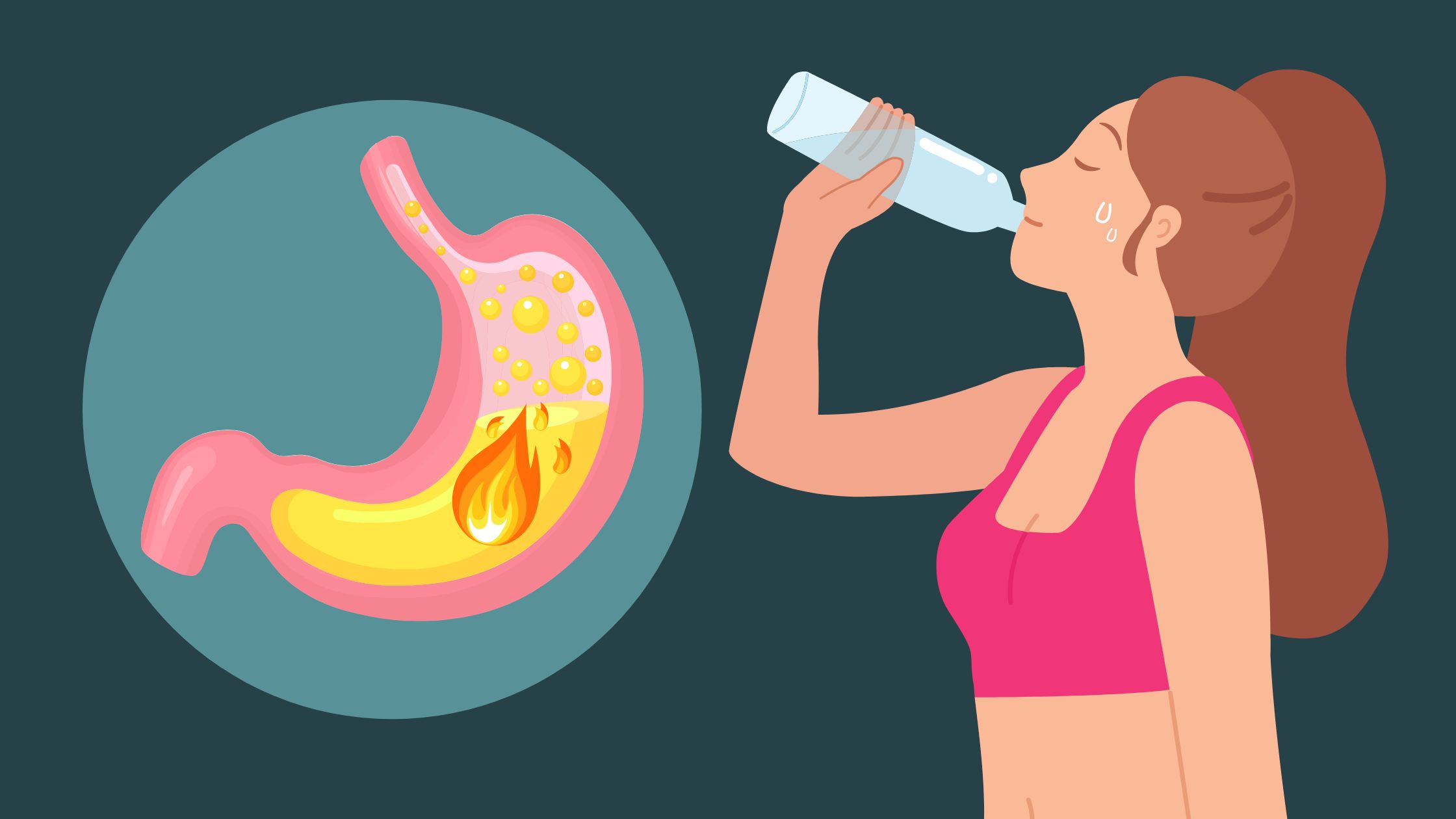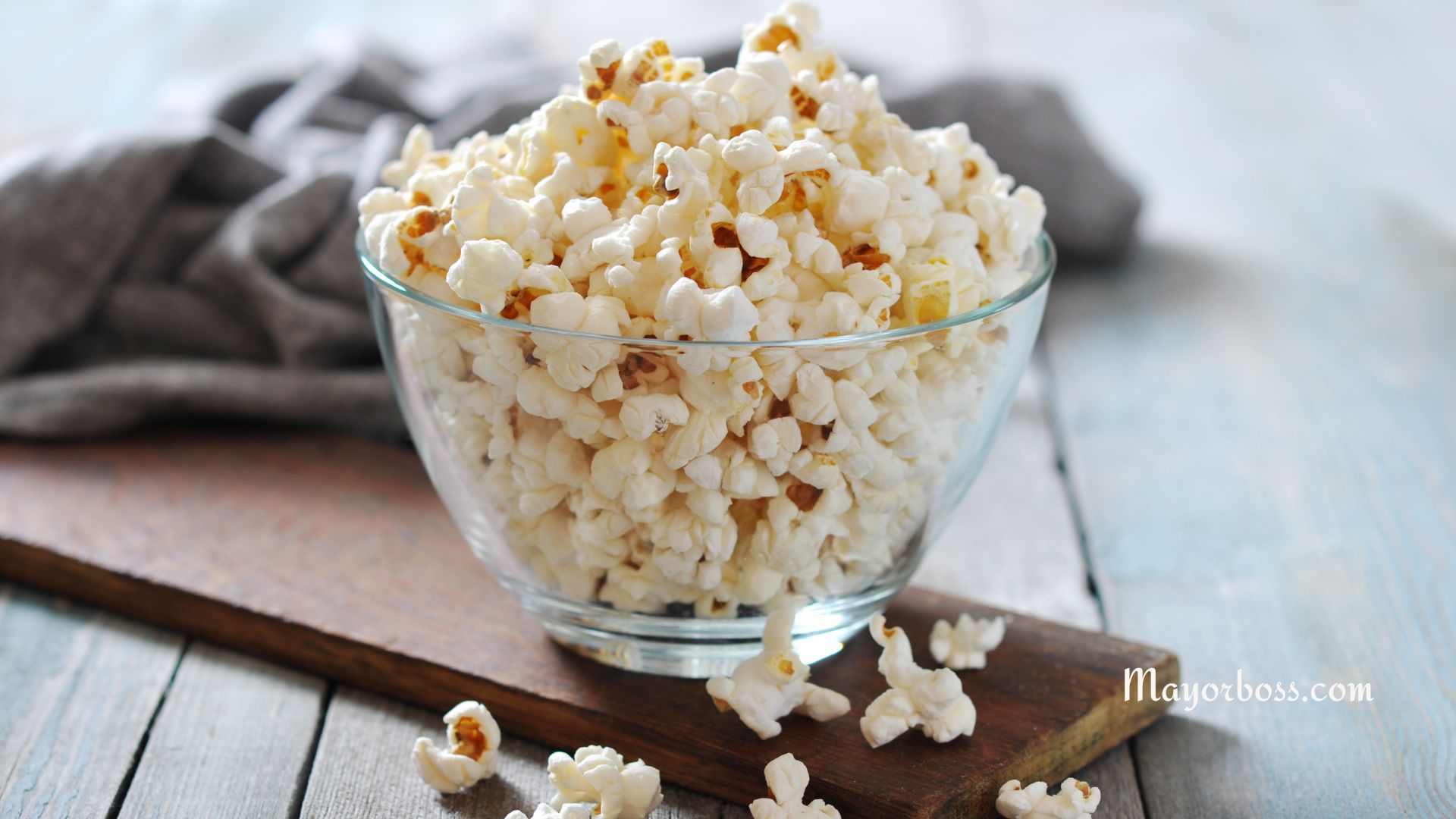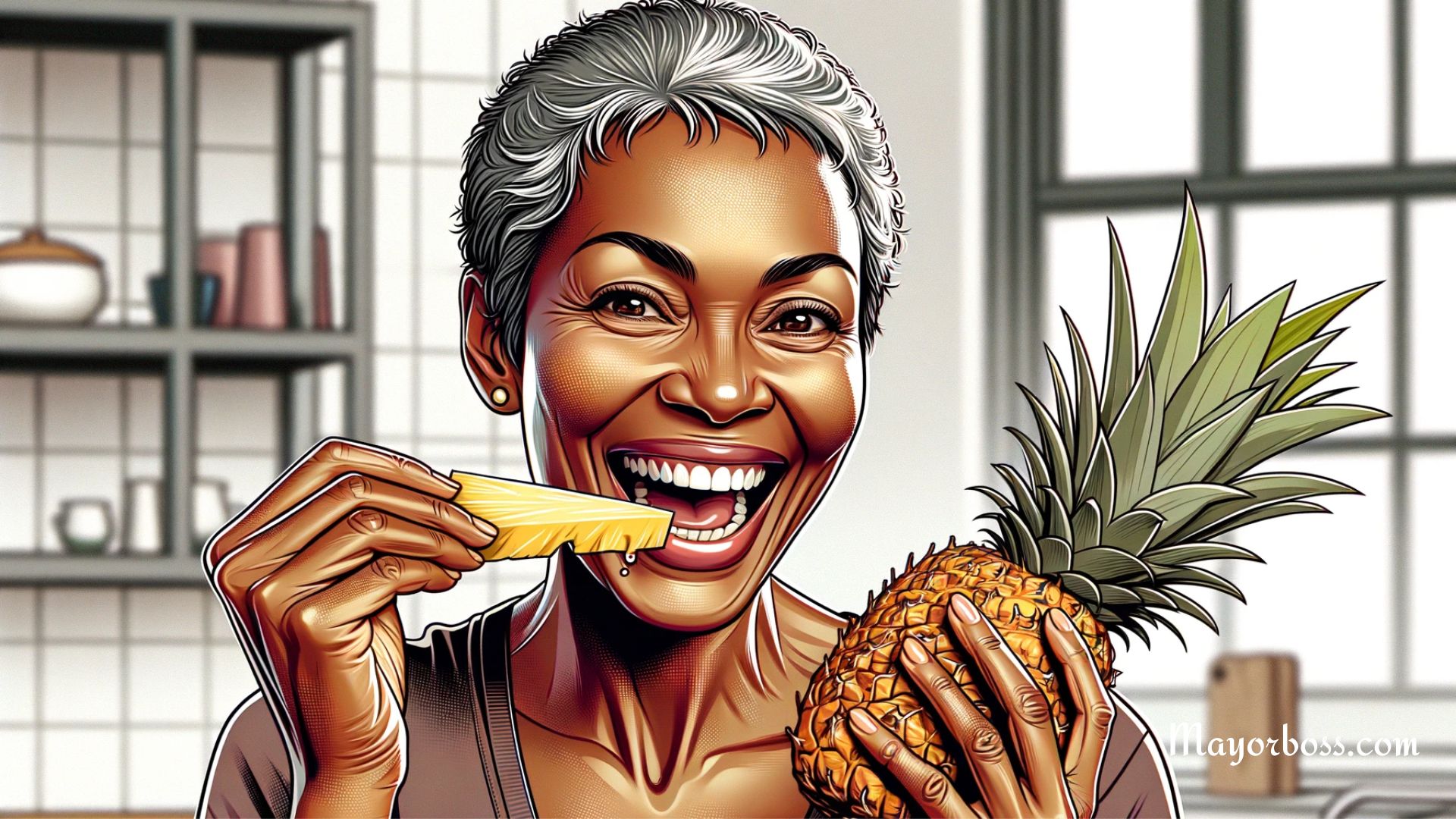It’s Okay to Cut the Mold Off Hard Cheeses. However, Mold on Soft Foods Like Tomatoes Can Be Harmful and Should Be Discarded
Spotting a fuzzy surprise on your food is never a good feeling. It begs the age-old question: is it safe to cut off the mold and eat the rest? The answer, unfortunately, isn’t a simple yes or no. It heavily depends on the type of food you’re dealing with. Let’s explore the difference between mold on hard cheeses and other softer foods like tomatoes.
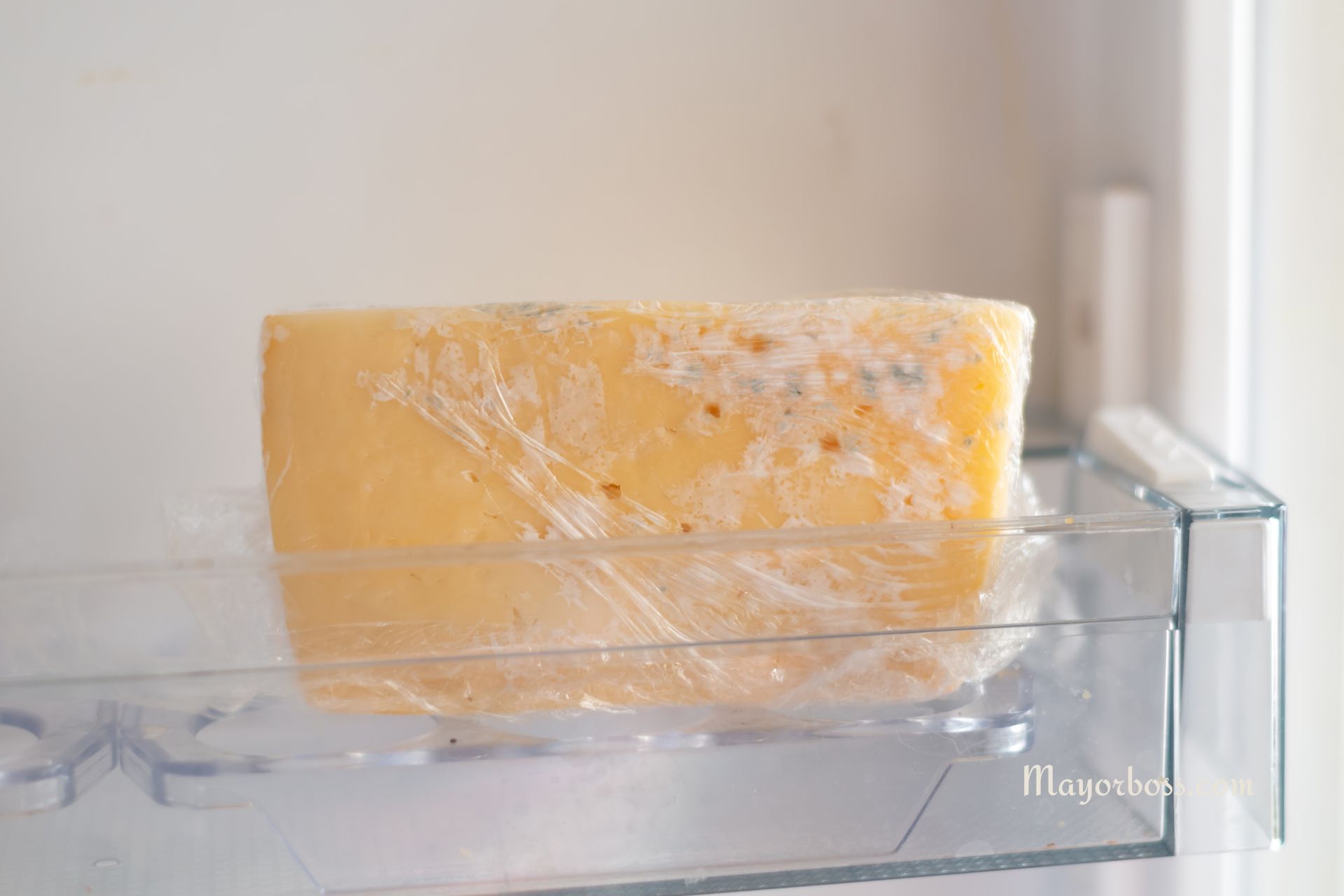
Hard Cheeses: Generally Safe After Trimming
Hard cheeses like cheddar, parmesan, or Swiss have a lower moisture content. This makes it harder for mold to deeply penetrate the cheese. If you find a bit of mold growth on your hard cheese, there’s good news! You can generally salvage it by following these steps:
- Cut: Cut off a generous area around the mold, at least 1 inch on all sides.
- Inspect: Discard the cheese if it shows other signs of spoilage, like discoloration or a bad smell.
- Repackage: Wrap the remaining cheese in fresh packaging to prevent recontamination.
Soft Cheeses, Fruits, and Vegetables: Toss Them Out
Now for the bad news: Mold spreads far more easily through soft foods. This includes:
- Soft cheeses: Brie, cottage cheese, ricotta, etc.
- Fruits: Especially soft varieties like berries, peaches, and grapes.
- Vegetables: Tomatoes, cucumbers, bell peppers, etc.
- Bread and baked goods
In these cases, the fuzzy mold on the surface is likely just the tip of the iceberg. Mold develops root-like structures called hyphae, which can burrow deep below the surface where you can’t see them. Consuming these foods, even after removing visible mold, is risky.
Why Discard Soft Foods with Mold?
Here’s why it’s best to err on the side of caution with soft, moldy foods:
- Mycotoxins: Some molds produce harmful substances called mycotoxins. These toxins can survive cooking and even make you sick if ingested in sufficient quantities.
- Bacteria: Along with mold, harmful bacteria can also thrive in the moist environments favored by soft foods.
Can You Salvage Other Foods With Mold?
Certain firm foods can sometimes be salvaged, similar to hard cheeses. With these, remove a generous portion around the moldy area:
- Dry-cured meats (salami, country hams) – if they have an exterior mold coating, that often needs to be scrubbed off regardless.
- Firm fruits and vegetables (cabbage, carrots, bell peppers)
Frequently Asked Questions:
1. Can I cook moldy food to kill the mold?
Unfortunately, heat doesn’t necessarily destroy the harmful mycotoxins some molds produce. Cooking moldy food might kill the mold itself, but the toxins could remain.
2. What if I only ate a little bit of moldy food?
While most people won’t get sick from consuming small amounts of mold, it’s best not to take the risk, especially if you have a sensitivity or a weakened immune system.
3. What does mold on food smell like?
If food has been infiltrated heavily by mold, it might have a musty or off odor. That’s a sign to toss it out, regardless of visible mold.
Conclusion
While cutting mold off hard cheeses is usually safe, be sure to toss moldy soft foods. Don’t put your health at risk for a small snack. It’s the wise thing to do – your taste buds (and your wellbeing) will thank you!

